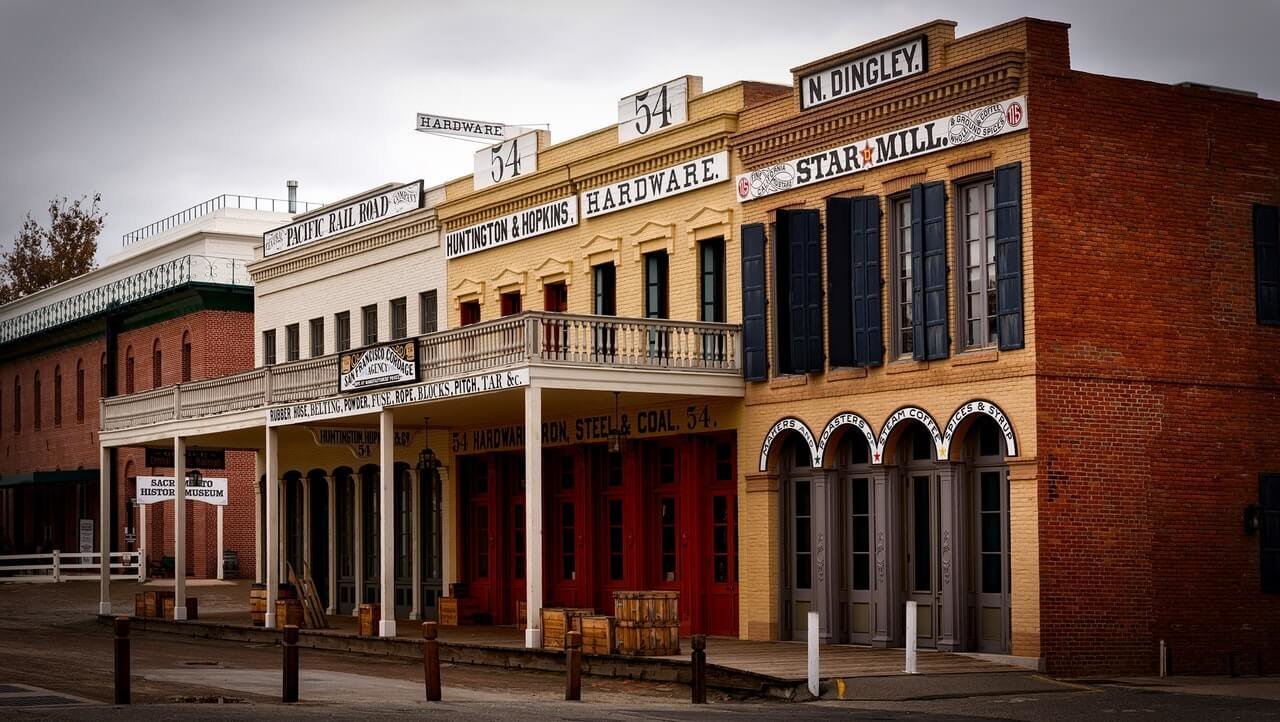John Ford Clymer made a career of depicting the American West in his artwork, and he is recognized as one of the most prominent artists in that discipline. The John Ford Clymer Museum and Gallery is the permanent home to his work and is visited by people from all over the world who want to experience his historically accurate depictions of the frontier days. During his lifetime, his work also appeared in many major publications.
Early Years
John Ford Clymer was born on January 29, 1907 in Ellensburg, Washington—where his museum now sits. During high school, he studied illustration through a correspondence course through the Federal School. After graduation, he moved to Canada, where he continued his study of art at the Vancouver British Columbia School of Art and then the Ontario College of Art. While living in Canada, he started producing advertisements and illustrations for Canadian magazines. In 1932, he married his childhood sweetheart, and in 1935, they moved to New York City, where Clymer continued his studies with Harry Dunn and the New York School of Art.
World War II and Magazine Work
Dunn’s family eventually moved to Connecticut, where he created illustrations for magazines until he joined the Marines during WWII. He was stationed in Washington, DC, along with a fellow illustrator from Connecticut, and together they did illustrations for military publications and propaganda posters. After the war, he returned to magazine work and designed covers for The Saturday Evening Post, Redbook, Cosmopolitan, and many hundreds of others.
Fine Art Work
As styles changed, magazines stopped commissioning illustrated covers. Like many illustrators of the period, Clymer turned his attention to fine art. Starting in 1964, Clymer focused exclusively on his Western-inspired paintings, and in 1966, he moved to Wyoming, where his family remained until his death in 1989.
The John Ford Clymer Museum and Gallery in Ellensburg, Washington, is the best place to see this artist’s famed work. Find out more about visiting the museum by calling (509) 962-6416.
Whisk yourself back to a time and place where the wild frontier was teeming with the simplicity of life and the pioneering spirit.
The Clymer Museum of Art showcases that spirit through the unforgettable career of the late Ellensburg artist, John Ford Clymer
whose historically accurate paintings and illustrations have captured the true essence of early Western America.
“Although I have been painting for more than fifty years, each year becomes more exciting for me thanthe one before. Only a small part of the epic story of our Western frontier has been recorded and it is my ambition to make a truthful contribution to that record in my paintings.”
Additional Hours Information
Monday - Friday 11AM-5PM
Saturday (Nov. - April) - 11AM-3PM
Saturday (May - Oct.) - 11AM-4PM
Saturday (Nov. 25th - Dec 19th) - 11AM-4PM
Sunday – Closed
Closed all major holidays & the first two weeks each January
More about John Ford Clymer Museum and Gallery.This content has been submitted by authors outside of this publisher and is not its editorial product. It could contain opinions, facts, and points of view that have not been reviewed or accepted by the publisher.

